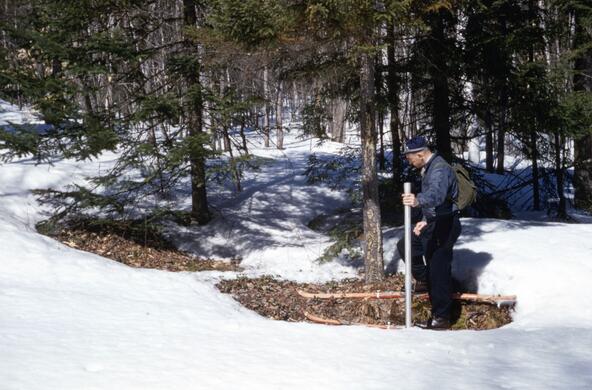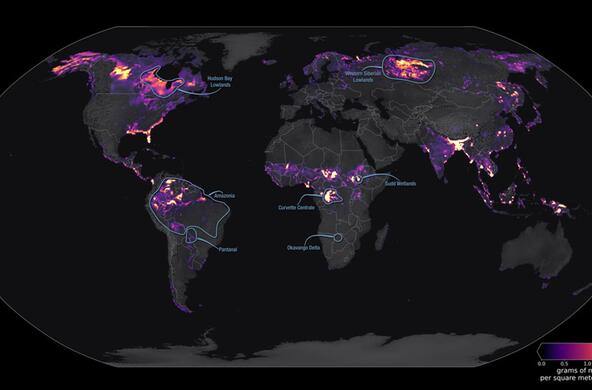This year, our maples and oaks put out new leaves, and our fruit trees started blooming about two weeks earlier than usual. Is this a symptom of climate change? Is this a good thing? Or does this make our trees more susceptible to late spring frosts and other potential problems?
Phenology is "the study of recurring lifecycle events influenced by seasonal environmental changes." In our area, the most important phenological events are spring leaf out and autumn leaf fall. These two events signal the beginning and end of the growing season.
Leaf out occurs when bare deciduous trees put out leaves and become green. Not all trees leaf out at the same time. And of course, conifers are always green. Exotic species often leaf out earlier and drop their leaves later than native species, which gives them a competitive advantage.
Changes in phenology are a real marker of global climate change. Around the world, evidence is mounting that spring is coming earlier and fall is lasting longer. Is this a positive aspect of climate change? With a longer growing season, trees might be more productive and pull more carbon dioxide out of the air. We may soon be able to grow garden plants that previously did not grow well, or at all, in our region, such as Camellias or okra.
On the other hand, a longer growing season might not be so good. If plants green up earlier, they will use more water resources, possibly creating unfavorable dry conditions later in the year. Under drought stress, many trees are susceptible to disease, and dry autumn soils could result in less dramatic fall foliage colors. While we might welcome some new garden plants, we will be less enthusiastic about other newcomers such as kudzu or tiger mosquitoes.
And will our native plants get "confused" - greening up in early April and then getting frozen by a late spring frost, as occurred throughout the southeastern U.S. in 2007? When spring finally arrived, tree crowns and crops were damaged, and fewer flowers emerged.
It would be useful to know if spring is coming earlier. Traditionally, phenology has been studied by networks of observers that gather visual information about trees in their neighborhood, often focusing on one particular species, such as lilacs. Recent methods have become more technical, with data from satellites being used to detect plant growth patterns over very large areas.
The Cary Institute has just started participating in the Northeastern Phenology Network, a new effort based on video cameras linked through the World Wide Web. We are one of a dozen or so sites across the northeastern U.S. and Canada using Webcams to track the emergence of spring by looking at when trees get their leaves.
A camera mounted on the roof of a building on the Institute's campus records images of a specific set of trees. Every 30 minutes or so, images are uploaded to a server based at the University of New Hampshire. By analyzing the amount of green in the images, and drawing on other observational data that is collected locally, the network is able to track the changing of the season in real-time.
By collaborating with a national phenology network, the Northeastern Phenology Network is a coordinated effort to track how our world is changing in ways people can relate to. Take a look at the Cary Institute's TreeCam and help us figure out if spring is indeed coming earlier.







